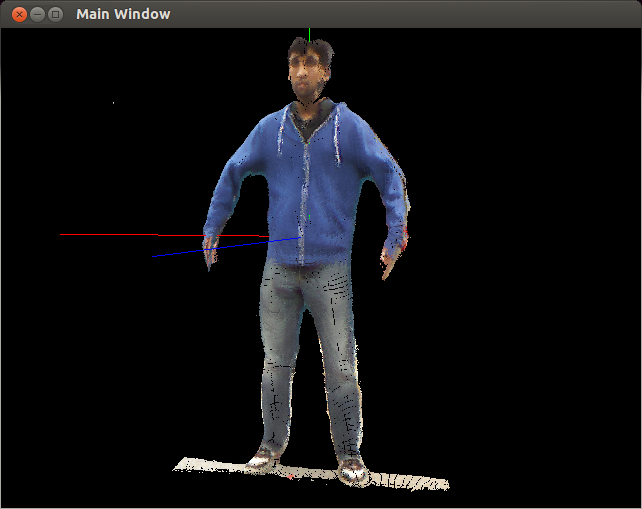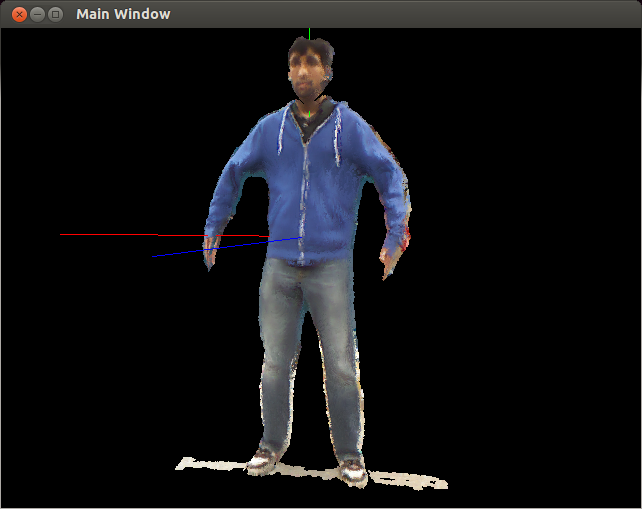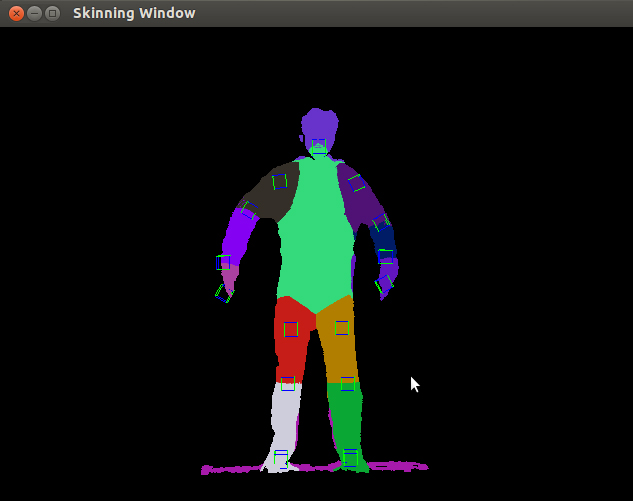I've been applying to jobs recently and have wanted to have specific resumes for each job. The thing is even then certain resumes will be the same. I used to have multiple versions for different types of jobs, ie general programming, computer vision, game programming, etc. The time came when of course I would have a mistake or wanted to add a project on my resume I would need to do it for all my resumes. Now of course if you're like me, you're going to end up missing some part of it in some resume.
After trying to reconcile all the resumes I gave up, decided to delete all my resumes and start fresh. That's when I realised what I was doing was source control but not using source control and so I decided to use git. The idea was simple:
- Have a main branch that kept the bulk of the resume. Eg: Work experience, projects, skills, etc.
- Create a new branch for each type of tailored resume. Eg: General programming, computer vision, etc.
- For each branch, add specific skills and reorder resume as you see wish
- The latest of each branch is the latest resume for that specific category
- If I need to make any major changes I can commit to main branch and push to all the resume branches
- For each of the branches, print their respective resume in pdf format so I can easily upload
Step 1 - Making the resume source control compatible
You need to start by making your resume in essentially something plain text.
Now normally I hate front end web related stuff but this was time for my HTML skills to shine. So after 5 hours of following w3schools tutorials, I had an HTML version of my resume. The advantage? Its all plain text and formatting is really easy.
Step 2 - Setup your source control
(Note Im using Linux however it should really make much of a difference)
(I'm not going to go into source control tutorial but if there's enough interest I can add it in)
So now lets setup a git repo for our resume.
saad@saad-desktop:~$ mkdir Resume saad@saad-desktop:~$ cd Resume/ saad@saad-desktop:~/Resume$ git init Initialized empty Git repository in /home/saad/Resume/.git/
Next, let's add our resume into the repo
saad@saad-desktop:~/Resume$ git add resume.html saad@saad-desktop:~/Resume$ git commit -m "Add initial resume" [master (root-commit) d920918] Add initial resume 1 file changed, 333 insertions(+) create mode 100644 resume.html
Now we've got our resume setup.
Step 3 - Create different branches for your resume
Next step is simple too. Simply create a new branch/switch into it. Modify the file and then commit.
saad@saad-desktop:~/Resume$ git branch computer-vision saad@saad-desktop:~/Resume$ git checkout computer-vision Switched to branch 'computer-vision' saad@saad-desktop:~/Resume$ git add resume.html saad@saad-desktop:~/Resume$ git commit -m "Tailored Resume for Computer Vision" [computer-vision 855c785] Tailored Resume for Computer Vision 1 file changed, 1 insertion(+), 1 deletion(-)
Step 4 - You want to change something that affects all the resumes
This is the reason I used git for my source control. Its quite simple to apply a change. First we simply go back to the main branch and commit our changes
saad@saad-desktop:~/Resume$ git checkout master Switched to branch 'master' saad@saad-desktop:~/Resume$ git add resume.html saad@saad-desktop:~/Resume$ git commit -m "New skills" [master 0896838] New skills 1 file changed, 1 insertion(+), 1 deletion(-)
Now that we have that part done, the next part is also pretty simple. While usually you merge changes, it doesnt really make sense in this context because resumes aren't ever merged. Instead, we need to re-base the different branches onto the main branch (a more indepth tutorial on how rebase works here
So now lets rebase our computer-vision resume onto master branch
saad@saad-desktop:~/Resume$ git rebase master computer-vision First, rewinding head to replay your work on top of it... Applying: Tailored Resume for Computer Vision
Now obviously if you have many branches its time consuming but there’s an excellent stack overflow answer to do it all at once. Now that we've rebased we're done! Our master is up to date and the tailored branches now have the changes too.
Step 5 - Printing all the resumes (optionally the lazy way)
This is probably not the best way to do it nor do I really have bash scripting experience but it does the job. with google chrome and print it. Now there are a bunch of html to pdf convertors out there too but I haven't had them play well with google fonts. So instead lets use chrome to print all the resumes. The issue is I want to automate the printing part of it as well and so back to w3schools I go. I simply added this auto-print script to the resume and used that to print the resume each time.
<script type="text/javascript">
window.print();
setTimeout(function(){window.close();}, 1);
</script>
And then a very simple (probably poorly done) bash script to print all my resumes.
#!/bin/bash # Place shortcuts to the files LINK_DIR="resume_link" rm -rfv "$LINK_DIR/" mkdir $LINK_DIR # Get all the branches so that we can print resumes for each one OUTPUT="$(git branch)" IFS=$'\n' for name in $OUTPUT do # Delete existing resume branch="$(echo $name | tr -d '* ')" rm -rfv "$branch/" # Checkout the branch and print the resume using chrome git checkout $branch google-chrome --user-data-dir=prof --incognito --kiosk --kiosk-printing resume.html mkdir $branch mv SaadAhmad.pdf "$branch/" # Add shortcut ln -s "../$branch/SaadAhmad.pdf" "./$LINK_DIR/$branch.pdf" done
And run the script and you'll have pdfs of all the branches!


